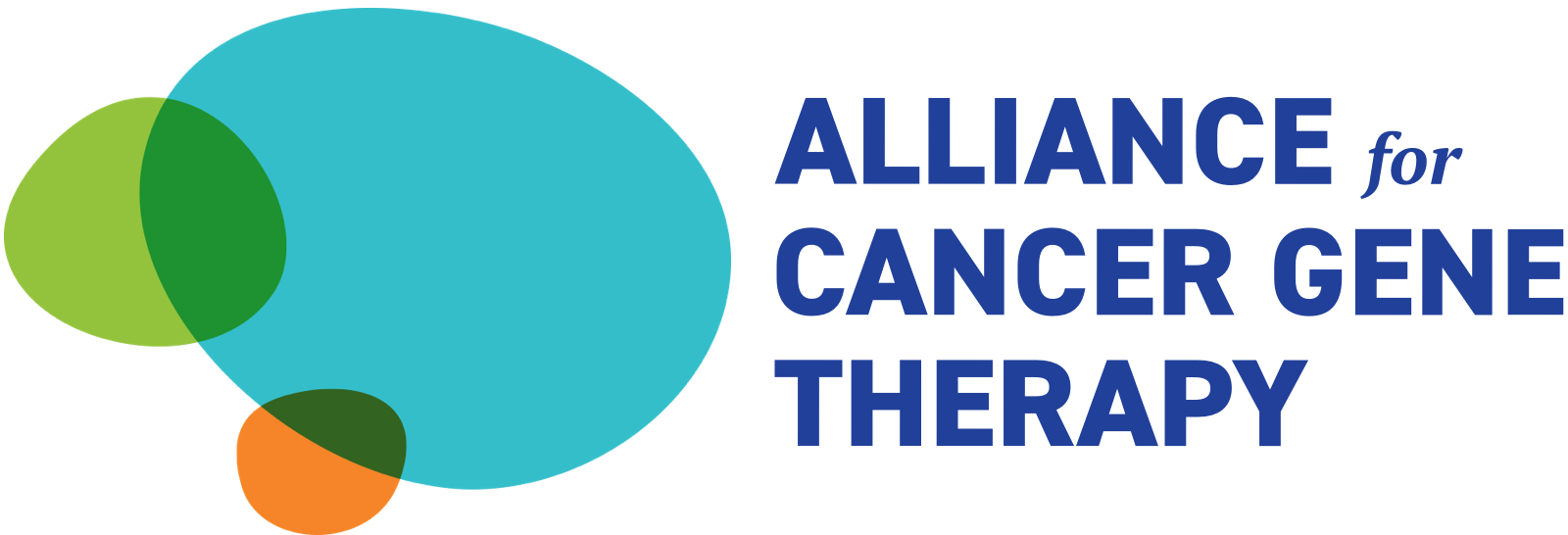Robyn Stacy-Humphries, MD: From provider, to patient, to leader.

For Robyn Stacy-Humphries, MD, diagnosing cancer was her day job. So, when the practicing radiologist in North Carolina felt a lump in her neck that should not have been there, she knew what she was facing.
That lump turned out to be the beginning of a difficult battle with diffuse large B-cell lymphoma (DLBCL), which reoccurred multiple times and required many rounds of treatment. Her options few, Stacy-Humphries took a shot at something new.
In 2016, Stacy-Humphries became one of the earliest patients to receive CAR-T therapy in the United States when she joined the JULIET trial at Ohio State University. The therapy saved her life – now, nearly a decade later, she continues to thrive, living an active lifestyle and leading a support group for patients also undergoing CAR T.
Her message to those patients: that cell and gene therapy is a lifeline.
“This is a much better way to treat cancer, and I think it’s the therapy of the future,” Stacy-Humphries said.
Stacy-Humphries’ cancer diagnosis.
Stacy-Humphries first noticed an enlarged lymph node in her neck in 2011, and even though she had not yet felt any adverse symptoms, the radiologist – who for years has specialized in oncologic imaging – had more than enough experience to know she needed to have it checked out immediately.
Within two days, Stacy-Humphries had already received a lymphoma diagnosis. But while catching cancer early usually leads to better treatment outlooks, Stacy-Humphries was in for a much tougher time.
Stacy-Humphries continued to work full-time over the course of her initial course of chemotherapy, which resulted in a successful remission after the first three rounds. By 2015, Stacy-Humphries and her doctors thought that for her, cancer was a thing of the past.
Four years after her initial diagnosis and treatment, Stacy-Humphries once again felt a lymph node in her neck that returned a lymphoma diagnosis – this one a more aggressive type. Stacy-Humphries was then able to get back in remission after another round of chemotherapy, head and neck radiation therapy and a bone marrow transplant. But when the cancer returned a third time in 2016, the recommended treatment was an allogeneic stem cell transplant, something Stacy-Humphries was reluctant to undergo.
Discovering CAR-T therapy.
By 2016, the world of cancer treatment was changing rapidly. Only a few years before, Emily Whitehead had become the first pediatric cancer patient to undergo CAR-T therapy, and the success of her treatment had opened a new world of possibilities for patients.
Stacy-Humphries’ profession meant that she was plugged into the latest developments in cancer treatment, and she was well aware of Whitehead’s story. With no donor match for an allogeneic transplant, Stacy-Humphries felt that enrolling in a CAR-T trial was her shot at beating cancer once and for all.
“My thoughts were that [this treatment] was my best chance for survival and to have a normal life,” Stacy-Humphries said. “I really didn’t think my chances were very good with an allogeneic transplant, given that I didn’t have a match, and I had done relatively poorly with an auto transplant. So, I was just excited. I was excited to undergo therapy and determined to be cured. I thought, ‘This is it. This is my chance to live.’”
Stacy-Humphries’ CAR-T experience.
2016 was still early days for CAR-T research, and initially there were few clinical trials available. But after persistently emailing every single investigator running a CAR-T trial that she found on clinicaltrials.gov, Stacy-Humphries managed to secure a place in Ohio State University’s JULIET trial in May.
The JULIET trial was one of the first to examine the use of CAR-T therapy in relapsed or refractory DLBCL. But despite the uncertainty of the new trial, Stacy-Humphries was powered by an optimism and belief that she had found her solution.
“It is sort of like jumping out of a plane and wondering if your parachute’s going to open,” Stacy-Humphries said. I just really believed, and maybe that helped me be successful. I was just very positive, with an upbeat attitude. I wasn’t going let anything get me down. And I was very optimistic.”
Her optimism was rewarded almost immediately. Although the side effects were difficult – fever, fatigue, low blood pressure – within the first two days she could feel the cancerous lymph nodes in her neck melting away, “like ice cubes.”
Just four weeks later, she was back home and back at work in Charlotte, North Carolina, beginning the next chapter of her life. Her cancer was gone and still, in 2025, has not returned.
Connecting with other patients.
Stacy-Humphries calls her experience with CAR-T therapy an unqualified success. But there was one aspect she found lacking – because the therapy was so new and since most people were unfamiliar with it, she struggled to connect with others and share her experience.
“Initially when I went through CAR-T, I wasn’t able to talk to anybody,” Stacy-Humphries said. “And that was disconcerting because you do have all these sorts of weird symptoms.”
But three months after her T-cell infusion, Stacy-Humphries was put in touch with another North Carolina resident, Command Sgt. Maj. Bobby Hagy, who was also about to go through CAR-T therapy. Stacy-Humphries helped guide and support Hagy through his treatment and she discovered a passion for helping others going through the same experience.
Stacy-Humphries wound up joining a small but growing Facebook support group for CAR-T patients, eventually taking over a group that now has over 7,000 members from all over the world.
Stacy-Humphries finds that many patients beginning CAR-T therapy still have limited knowledge about what it entails and are nervous about the potential side effects. Her job is to assuage their fears.
“I would say that everybody approaching CAR-T is pretty much terrified,” Stacy-Humphries said. “They feel like it’s their last resort. They’re really worried about side effects, and I think the site’s very good at calming people down. I think one of the things is, they still think it’s a new therapy. But the point is, this is your chance.”
Life after CAR-T.
Almost immediately after the end of her CAR-T therapy, Stacy-Humphries found herself capable of returning to her normal life. She still works full-time as a radiologist in the Charlotte area, and is an active open-water diver, receiving her certification just three months after finishing CAR T.
Her work in the CAR-T support group has connected her with patients, fellow survivors and new friends all over the world. Nearly a decade after CAR T, Stacy-Humphries’ life is fuller and more active than ever,
“I’m a tremendous success story,” Stacy-Humphries said. “I have a great life. I have a normal life, and I’m very indebted to ACGT for funding this research.”



